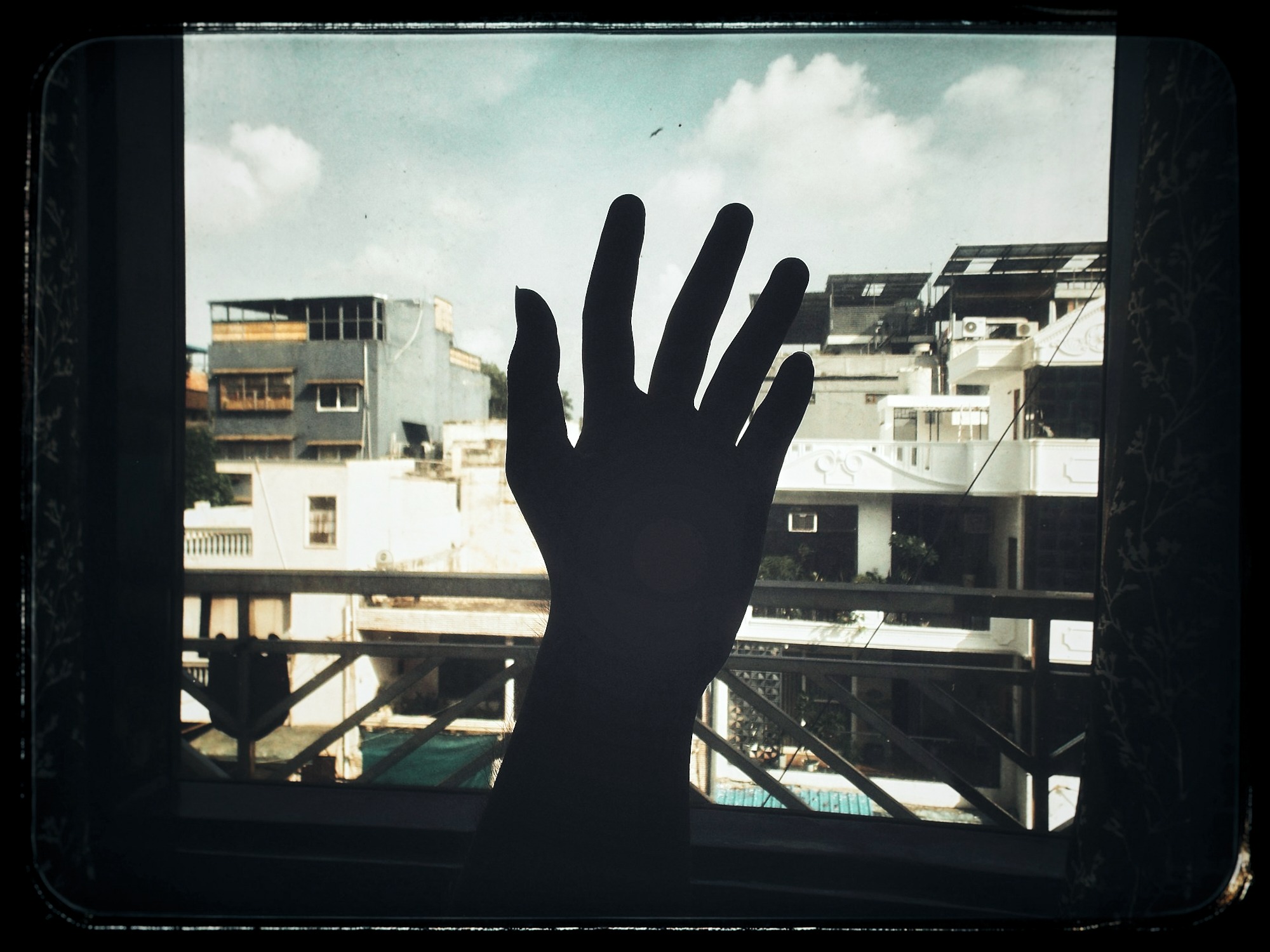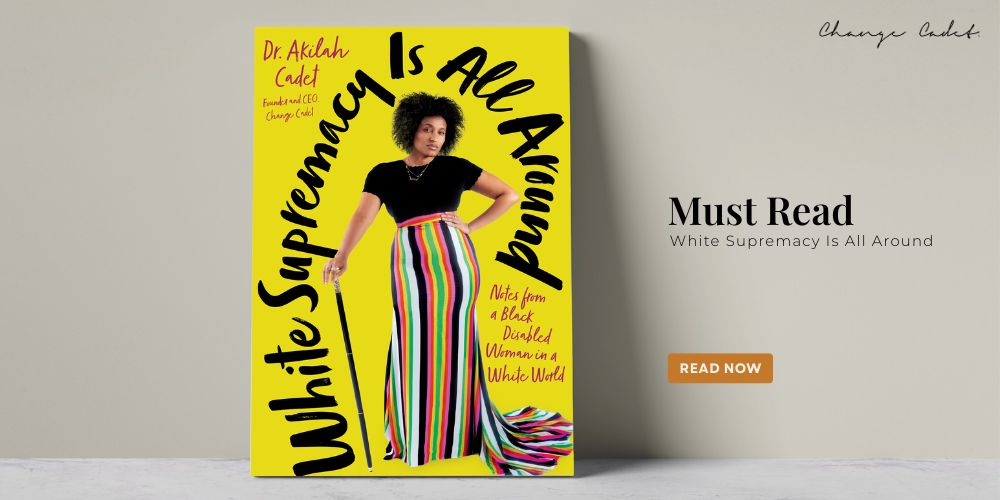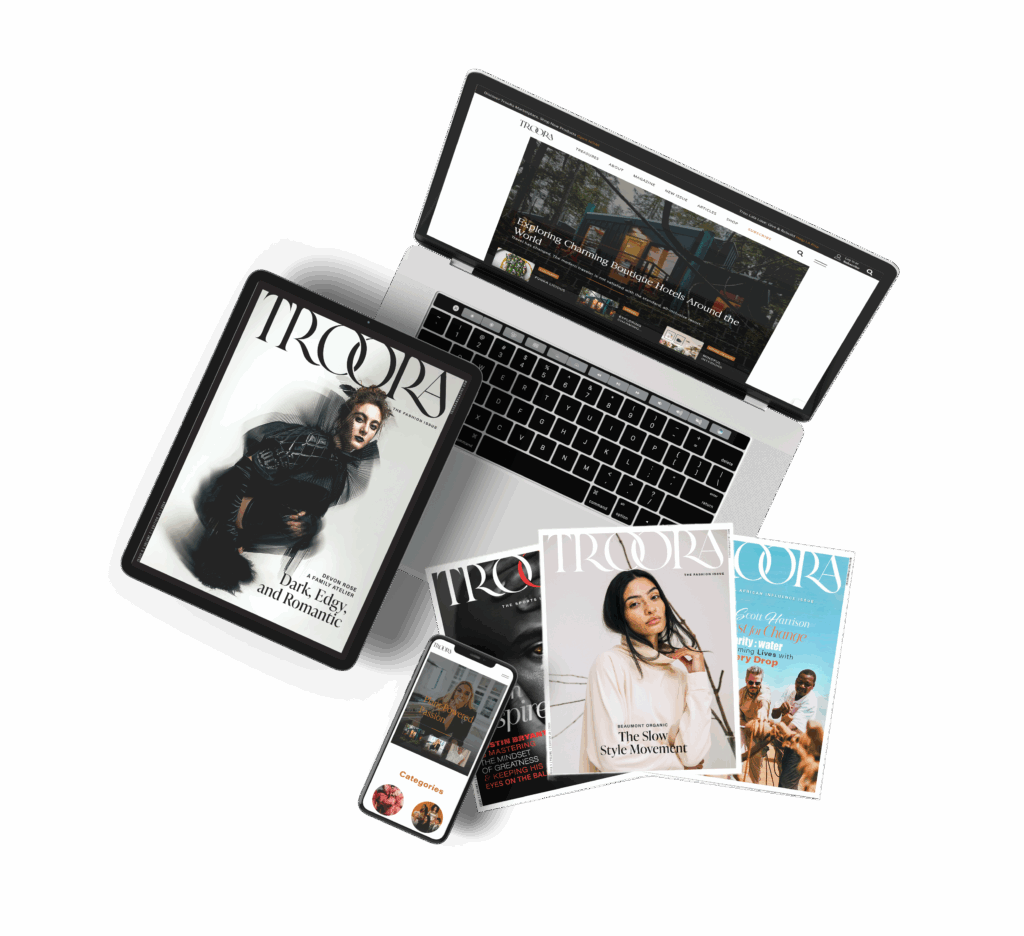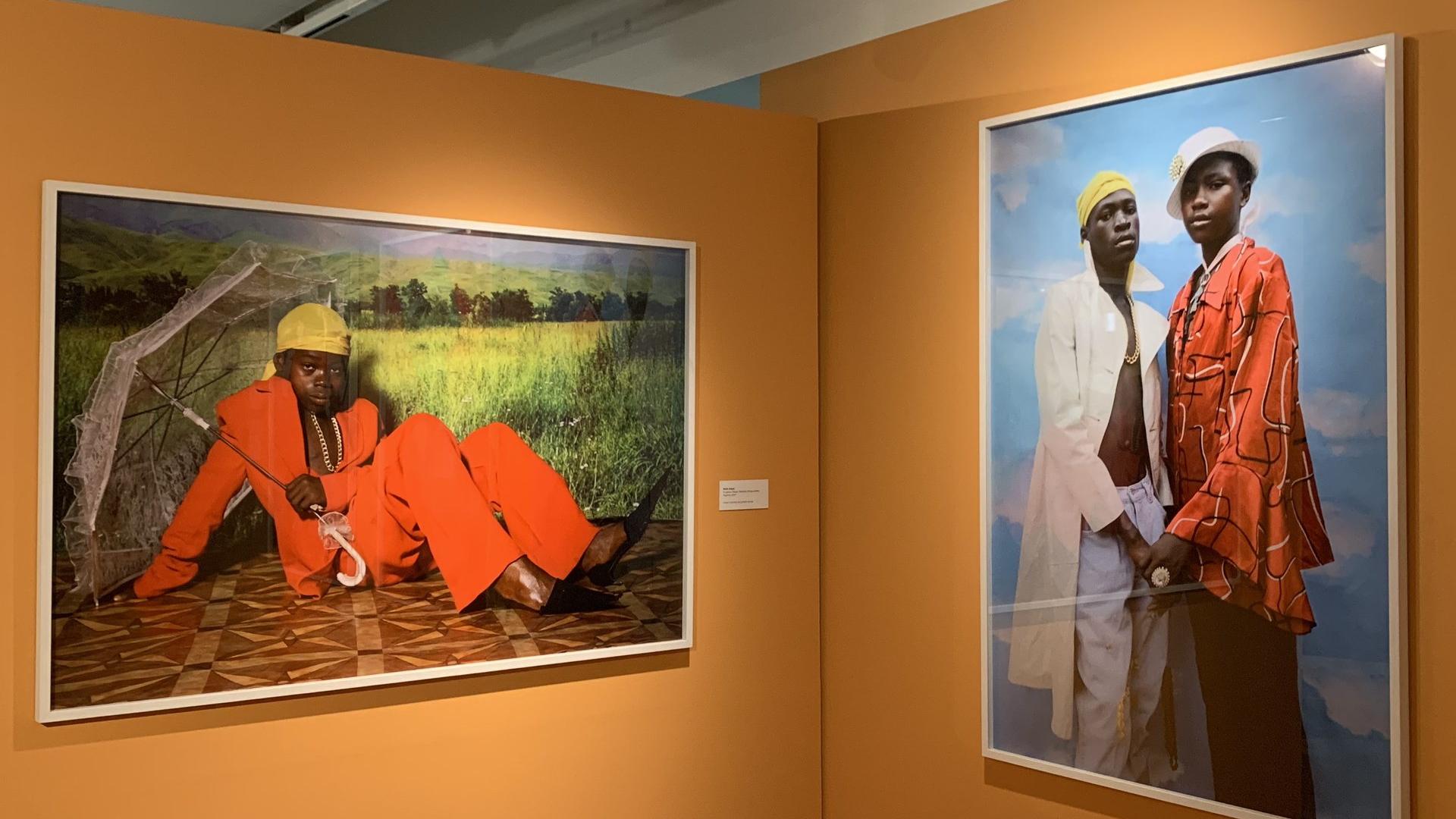Before the read
As major corporations consolidate power, it’s getting harder for independent creative brands to break through.
They often lead cultural innovation by pushing boundaries that mainstream industries won’t touch.
Yes—buying from indie creators helps build a more diverse and self-sustaining market.
Reading about upcoming mergers between popular media companies like Hulu and Disney and Paramount’s possible Warner Bros. purchase, the magic of indie brands has been on my mind more than ever before. In a time where restrictions on human freedoms are top of mind, from wars in Gaza and Sudan to Stephen Colbert’s upcoming departure, it feels as if we have to fight for freedom wherever we can find it. That’s where indie comes in.

The odd, quirky, and experimental ones prove to be the inspirational heroes brave enough to go against the mundane cultural molds and change our world. They range from inventors building odd machines that become our household appliances to underdog musicians taking over the airways. Indie brands, creatives, and thinkers pave their own paths and, most importantly, provide a key to true independence and self-sufficiency, especially in unprecedented times. But in this day and age, I can’t help but ask the question: Where did all the weird go?
Brand Power
It’s no secret that the masses mainly consume the content shoved in their faces, myself included. Brands most familiar to us, even food brands like Kellogg’s, are branched off from only a select few companies. This means our consumption looks, feels, and sounds like the same few corporations ruling over commerce. Interestingly, this isn’t a new problem for human beings.
History proves branding’s importance. From the BC era to today, people have always fought to signify their freedom, and branding has been the watermark for self-advocacy. Without it, farmers and craftsmen who may have been overlooked by the elites in Ancient Egypt and Chinese dynasties were able to leave their mark on society.
Cries for societal independence have continued since then. From wars in the 1900s fostering a do-it-yourself culture to the industrial revolution creating our large corporation model, we’ve ebbed and flowed between branding being a form of freedom to giving companies free rein to control which brands come out on top. The power of branding has been exploited in numerous ways, but the upside is that it has fueled the emergence of indie movements in nearly every generation.
Self-Made Sounds of Indie
Before indie was well known as a subgenre of rock, musicians in the 1970s and ‘80s removed themselves from labels to independently own their music. Punk rock quickly blew up at this time, playing off anti-establishment values of self-reliance and independence. Whether the music labels liked it or not, indie music had a meteoric rise, trickling into Top 40 hits and leaving the labels no choice but to pay attention to what the people championed.
Indie music has now found a footing in nearly every genre. The growth of platforms like Napster, Datpiff, SoundCloud, and social media made indie music much easier to promote to larger audiences. Self-released EPs and mixtapes have achieved success in genres ranging from rock to pop to rap, and musicians have begun boldly speaking out about record label greed and the lack of music ownership. Artists like TLC called out this injustice after going broke in the 1990s while they still released hits, and Taylor Swift showed the same fight in the recent battle for her masters.

The calls for justice in a money-grabbing music industry led to artists like Arctic Monkeys and Chance the Rapper dominating the 2010s, reminding music lovers everywhere of the importance of true creative ownership and, as a result, true creative freedom. Indie music became the sonic antithesis to capitalism’s never-ending greed.
Indie’s Cinematic Takeover
Motion picture films and Hollywood go hand in hand, especially since the elitist behemoth has given us a fair share of well-beloved movies. Even though a few indie films sneak into the award conversation more each year, indie cinema of yesterday was consistently ignored and rebuffed by Hollywood, and yet still found adoration amongst the masses.
Five major studios existed in Hollywood’s early years, meaning movies had the same rehashed cast, crew, and plotlines still being reused today. While early 1900s Hollywood pumped out five-star films, a growing surge of independent filmmakers began picking up cameras, choosing to define cinema on their terms.
In 1919, Oscar Micheaux ushered in a new era when creative differences with Hollywood led him to founding his own motion picture company. Instead of giving up on his project, he created the film himself, becoming one of the most successful African American filmmakers of the twentieth century. Because of Micheaux, indie filmmaking slowly but surely rose to prominence, ensuring Hollywood didn’t have the final word on what ruled silver screens.
And Yet We Keep Killing the Weird
Indie music and indie cinema are only two of the many paths people have taken toward empowering ownership against the capitalist powers that be. Recent technological advancements mean even video games, novels, and AI have their own indie scenes bubbling in the background, especially with the help of open-source technology and the new ease of self-publishing.
That’s not counting all the other incredible creatives arising in an onslaught of different industries. We see trends in fashion, food, and the media we consume tap into the power of indie brands, forcing larger platforms to pay attention to the underdogs making real changes in their respective lanes.
Independence, however freeing, can sometimes come with bits of instability. Sometimes, it doesn’t matter how much passion burns in a person; they still have bills to pay at the end of the day.
Even TrooRa’s seen its fair share of beautiful brands buried underneath an algorithm that refuses to promote anything other than the same few mediocre things already known to make money. Exceptional brands defined by their uniqueness—from Floramye’s innovative CBD skincare to the circular fashion economy champions at Tonlé—are too easily pushed out of the fray, killing the creatives attempting to define themselves outside of capitalism.
So, Where DID All the Weird Go?
Mainstream media would have us believe there’s only one route to take. In our music, movies, books, and video games, mega corporations make it a point to ensure only a few brands rule the popular waves of society. That’s always where the indie scene comes in, when the people floating on the odd, creative fringes force society to pay attention to more than the usual mediocrities.
Throughout time, larger powers have tried to sway public opinion in their favor and only their favor. As a result, the world has seen its fair share of indie brands rise on their own terms, reminding those same swayed masses that there’s always a chance for talent to win over the algorithm and that there is more than one path to freedom and independence.
Even when the chains of capitalism are choking us through every rising cost and growing debt, we must remember that the weirdos are still boiling just beneath the surface of society. Our indie darlings are still here championing the creative freedoms we deserve. Corporations will always try to snuff indie out. Still, our fallen creative weirdos will live on exactly like the words of Karl Marx: “… the social history of men is never anything but the history of their individual development, whether they are conscious of it or not.”
More by this author
The Wrap
- Indie brands fuel cultural innovation by prioritizing creativity over mass-market appeal.
- Historically, branding has been a tool of independence as much as dominance.
- Indie musicians and filmmakers have long fought for ownership and autonomy and inspired new creative movements.
- From punk rock to AI art, independent scenes across industries challenge corporate norms.
- Technological changes and open-source platforms continue to empower new waves of indie creators.
- Corporate consolidation and algorithms often suppress unique ideas, making indie support more vital than ever.
- Saving indie brands means preserving choice, freedom, and the possibility of real cultural evolution.















